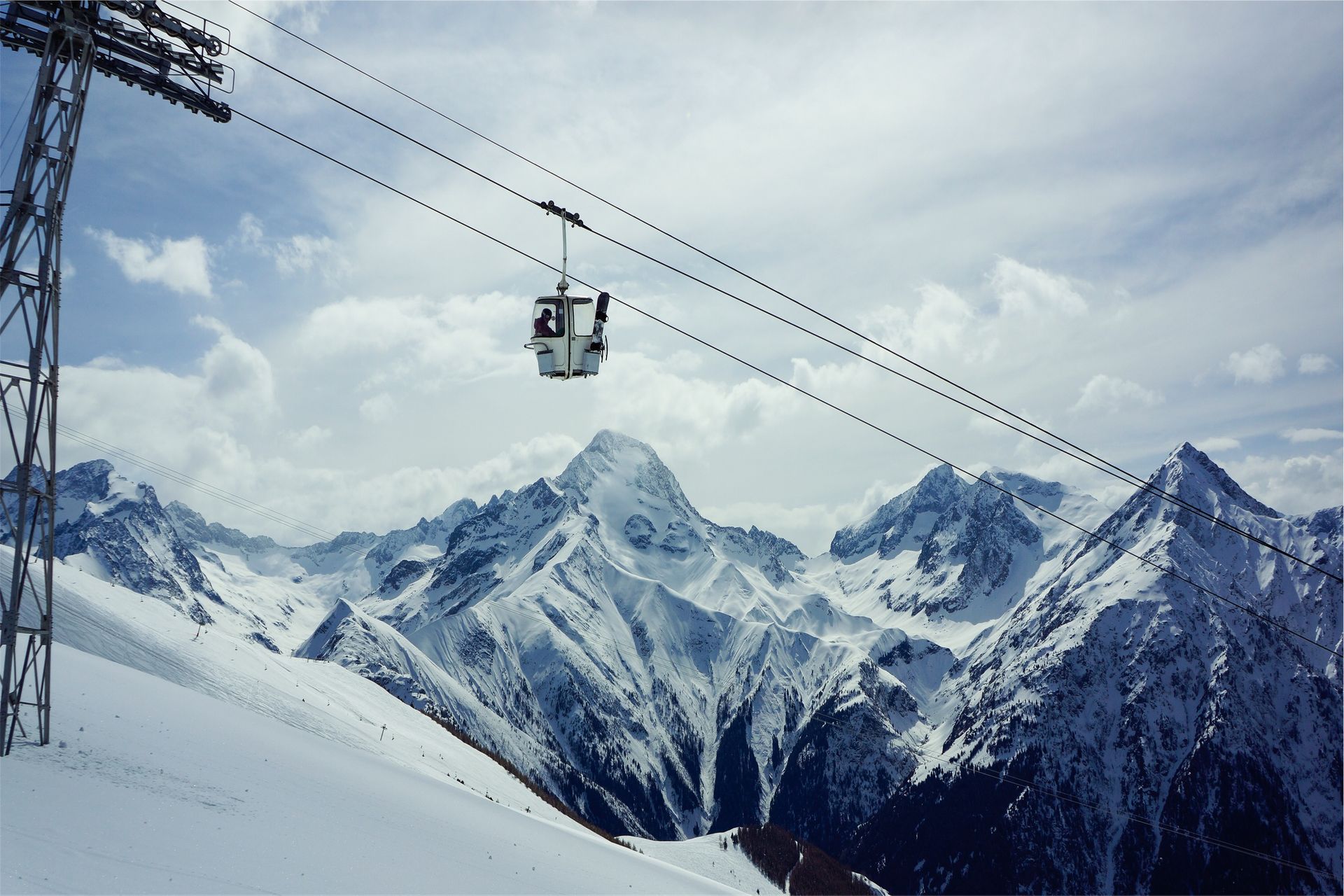Middle School
4 min Read
Wearing a helmet on the ski slopes is a must

November 5, 2010
Middle School
4 min Read

November 5, 2010

 If your child steps onto the rink to play hockey, or hops onto a bike to go see a friend, it’s almost certain he or she will be wearing a helmet. But what about when it’s time to hit the slopes? While every hockey league in Canada has made helmets mandatory, and nearly every province legally requires children to wear a bike helmet, the same is not true for skiing and snowboarding.
If your child steps onto the rink to play hockey, or hops onto a bike to go see a friend, it’s almost certain he or she will be wearing a helmet. But what about when it’s time to hit the slopes? While every hockey league in Canada has made helmets mandatory, and nearly every province legally requires children to wear a bike helmet, the same is not true for skiing and snowboarding.
“It’s in evolution,” says Dr. Charles Tator, a professor of neurosurgery at the University of Toronto, and founder of the ThinkFirst Foundation, a Toronto-based organization dedicated to preventing brain and spinal cord injury through education. “The rate of helmet use is on the rise. Virtually every ski club requires kids who are racing to wear a helmet, and some individual clubs have made helmets mandatory for all skiers. But the majority recommend helmets, but don’t make them mandatory.” In 2009, Intrawest, which operates nine ski resorts in Canada and the U.S., including Whistler Blackcomb in B.C. and Mont Tremblant in Quebec, made helmet use mandatory for all children and youth who are taking ski or snowboard lessons, and all students who visit the resorts on group ski trips. But for all other kids on the ski hill, helmet use is not enforced.
To many, this seems illogical. According to ThinkFirst, skiers and snowboarders who wear helmets reduce their risk for head injury by 60 percent. And tweens are at a critical age when it comes to helmet use. “That’s when they start to get injured,” says Dr. Tator. “They can ski with sufficient speed and weigh enough that the forces generated by an impact are considerable – the bigger and stronger and heavier you are, the more force you generate. And we can’t regrow the brain or spinal cord when they are damaged. So the emphasis has to be on prevention.”
Though it’s 15- to 20-year-olds who take the biggest risks, Dr. Tator says tweens start to test themselves and try to emulate TV and movies, where aerial activity is often showcased. “They don’t have the muscle mass to control themselves in the air. It requires a huge amount of control and coordination to do, say, a somersault. And the judgment of a nine-to-12 year old is not what it should be.” To address that, ThinkFirst produced A Little Respect, a 17-minute video aimed at kids eight to 14, that promotes safe skiing and snowboarding behaviour.
Developed by ThinkFirst and sponsored by a number of ski organizations including the Canadian Ski Council and the Ontario Ministry of Tourism and Recreation, A Little Respect addresses everything from the Alpine Responsibility Code to how to follow trail signs. And of course, it advocates wearing a helmet. “We would like to see every kid sit in class or at home the day before a school ski trip, and watch the video,” says Tator, adding that a mandatory annual viewing would be ideal. (View it for free at www.thinkfirst.ca.)
Teach your kids to slow down and not take risks on the slopes, says Dr. Tator. Most importantly, enforce helmet use at all times. “We want kids to feel like it’s cool to wear a helmet,” he says. “You look sharp, you look like a pro, and you stay warm – all great reasons to wear one. Not to mention it may save your life.”
Not all helmets are created equal
Ski slopes and bike trails require different headgear, and the helmets cannot be interchanged. Ski and snowboarding helmets cover the back ot the head well and can be either single or multiple impact. (Hockey and ski helmets can also be used for tobogganing and leisure ice skating.)
Get the right fit
To determine your child’s head size, wrap a piece of tape around his or her head, above the eyebrows and ears. Their head size is the point of overlap of the tape. According to ThinkFirst, the helmet fits correctly if:
• Pads touch cheeks and forehead. Back of helmet does not touch nape of neck.
• One finger can fit under chinstrap. Helmet feels snug and comfortable.
• Helmet sits two fingers above eyebrows.
• There’s little or no gap between top of goggles and helmet.
Some other Dos and Don’ts include:
• DO check for the safety sticker inside the helmet.
• DO make sure there are no dents or cracks.
• DON’T decorate your helmet with paint or stickers that can obscure cracks.
• DON’T wear a hat underneath your helmet, except for a liner or thin shell.
• DON’T wear a high pony tail underneath the helmet.